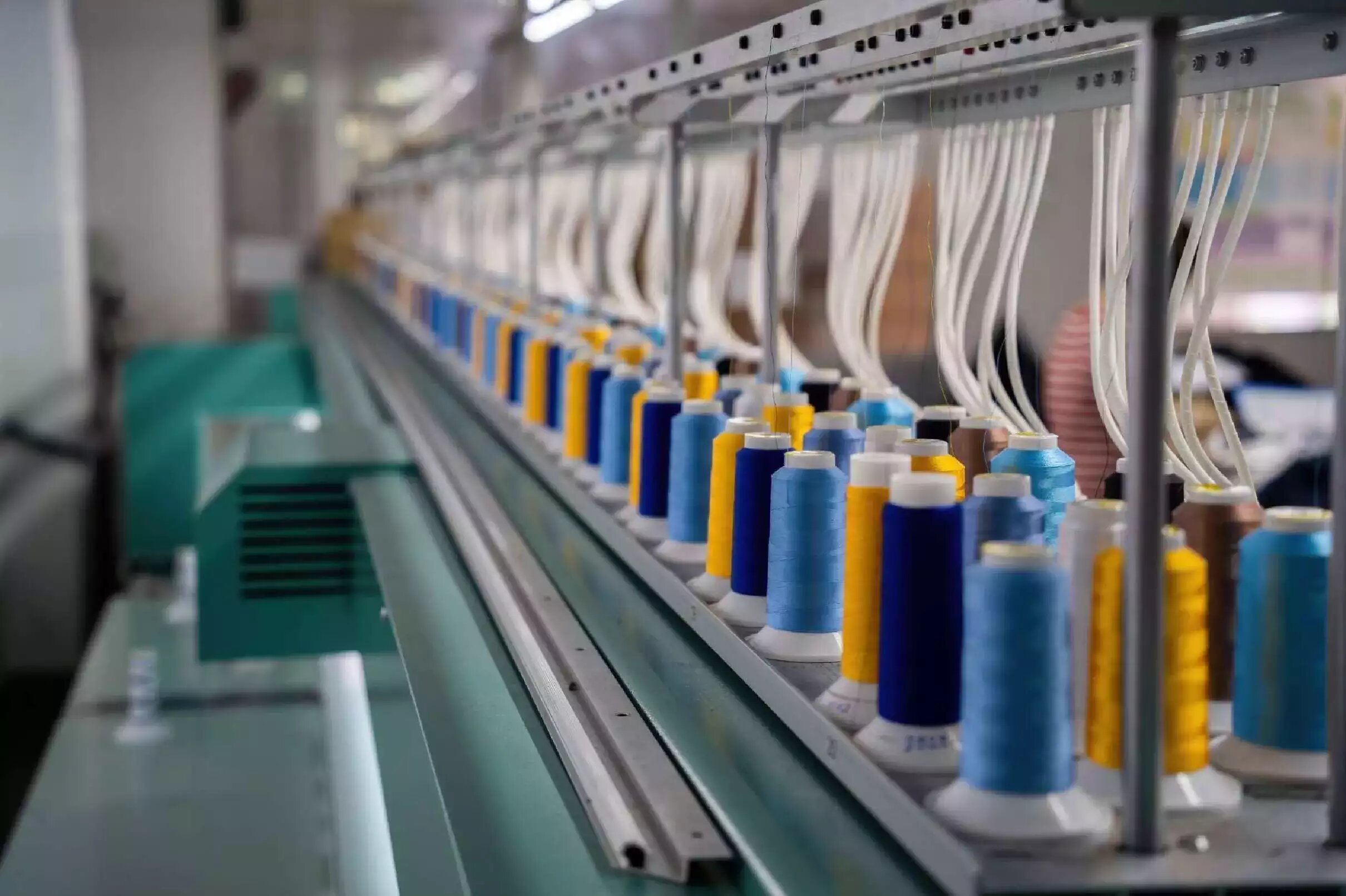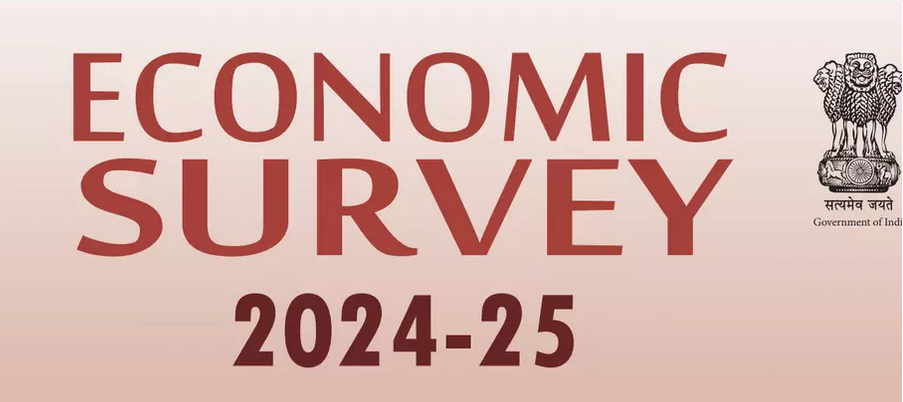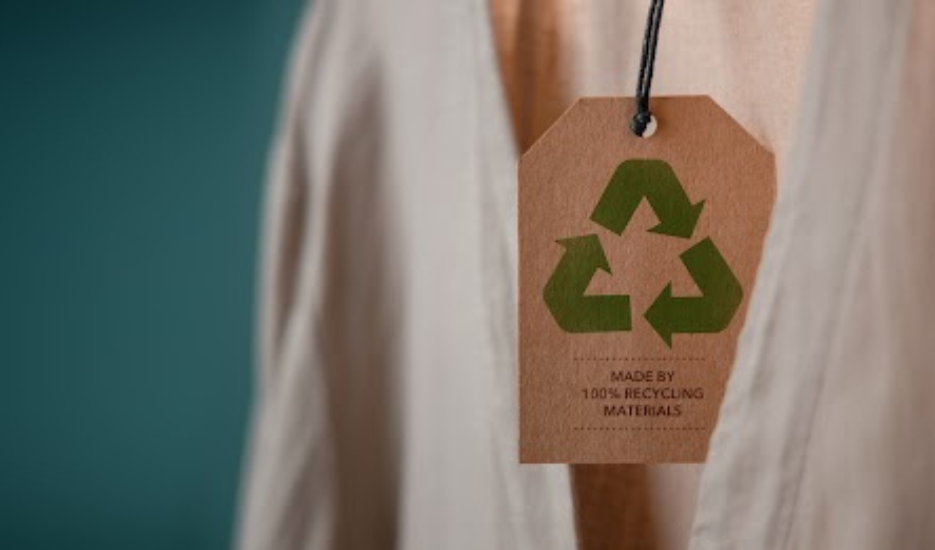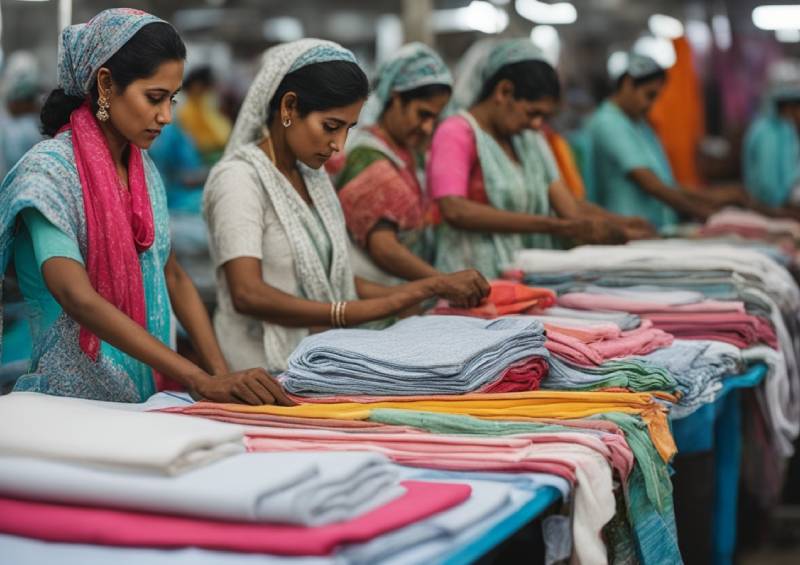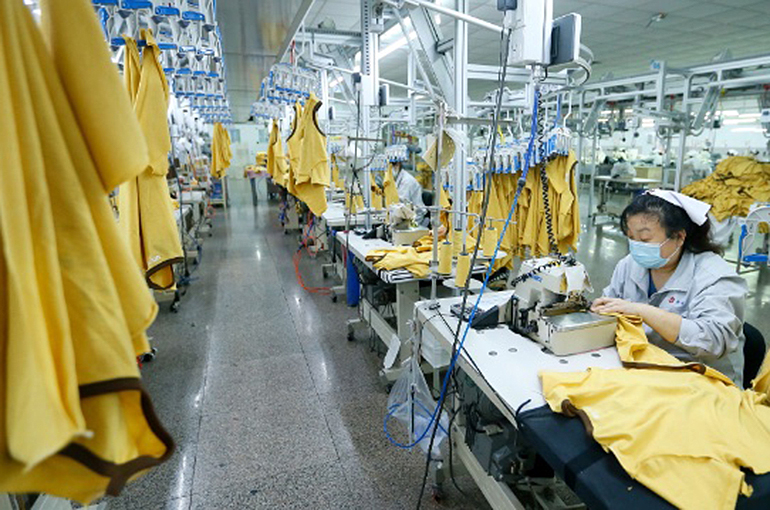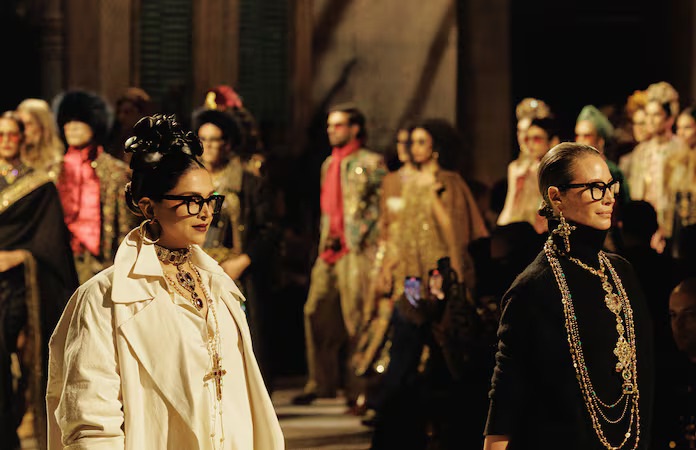"Though fashion provides consumers with a mode of self-expression, a celebration of originality and fine craftsmanship, or a temporary pleasure, it is also one of the world’s most polluting and wasteful industries. As a recent report by Ellen MacArthur Foundation reveals, global textile production has more than doubled in the past 15 years, while the average shopper holds on to clothing for half that long. Over 85 per cent of discarded clothing in the US ends up in landfills, and this cycle of make/use/waste comes at a considerable cost as the industry generates more greenhouse gas emissions than do international maritime shipping and aviation combined."
 Though fashion provides consumers with a mode of self-expression, a celebration of originality and fine craftsmanship, or a temporary pleasure, it is also one of the world’s most polluting and wasteful industries. As a recent report by Ellen MacArthur Foundation reveals, global textile production has more than doubled in the past 15 years, while the average shopper holds on to clothing for half that long. Over 85 per cent of discarded clothing in the US ends up in landfills, and this cycle of make/use/waste comes at a considerable cost as the industry generates more greenhouse gas emissions than do international maritime shipping and aviation combined.
Though fashion provides consumers with a mode of self-expression, a celebration of originality and fine craftsmanship, or a temporary pleasure, it is also one of the world’s most polluting and wasteful industries. As a recent report by Ellen MacArthur Foundation reveals, global textile production has more than doubled in the past 15 years, while the average shopper holds on to clothing for half that long. Over 85 per cent of discarded clothing in the US ends up in landfills, and this cycle of make/use/waste comes at a considerable cost as the industry generates more greenhouse gas emissions than do international maritime shipping and aviation combined.
Eco-friendly materials to promote sustainability
This colossal irresponsibility on part of the brands sparked the idea for Veja, the footwear industry’s initiative for sustainable fashion. In 2005, while other brands set up their online stores, François-Ghislain Morillion and Sébastien Kopp opted for physical stores. These two entrepreneurs devoted all their resources to a sustainably manufactured product. Today, they also use upcycled tilapia hides; recycled plastic bottles; and flannel, silk, and other eco-friendly materials for their shoes. Till date, they have sold nearly 2 million pairs of shoes around the world and continue to push and emphasise the importance of a sustainable business.
Bringing transparency to the luxury business
However, legacy brands, with their embedded supply chains and manufacturing facilities, face a bigger challenge. Kering,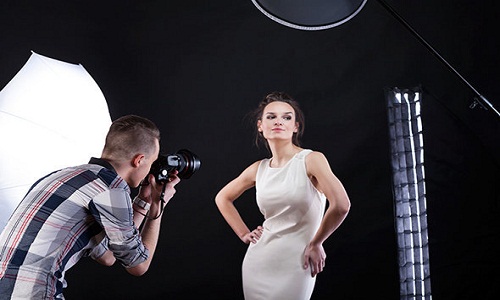 publicly announced its quantitative objectives in sustainability through 2025. Chief among them included reducing its environmental footprint overall by 40 per cent. The rest of its actions, which touch every step of the supply chain, as well as manufacturing, distribution, and R&D, are explicitly outlined online, suggesting transparency is no longer an enemy to luxury’s aura of exclusivity.
publicly announced its quantitative objectives in sustainability through 2025. Chief among them included reducing its environmental footprint overall by 40 per cent. The rest of its actions, which touch every step of the supply chain, as well as manufacturing, distribution, and R&D, are explicitly outlined online, suggesting transparency is no longer an enemy to luxury’s aura of exclusivity.
Though traditionally, change was unlikely in the rarefied world of high-end jewelry, Place Vendome, the Parisian mecca of the world’s most prestigious and jewelery brands, is currently facing disruption. Courbet was launched in May as the first 100 per cent ethical and sustainable line, using recycled, traceable gold and lab-grown diamonds of the highest color grade. These are 30 per cent less expensive than mined diamonds—the latter producing 15,000 times the pollution of lab-grown ones, which are made with solar- powered machines. Department stores world-wide have already started placing with the local interest being instantaneous.
However, in an attempt to protect the environment, brands are ignoring the aesthetic value of their products. This is why many eco-only brands have failed to attract their consumers. As for a product to sell, it has to be pleasing both in manner and appearance.

